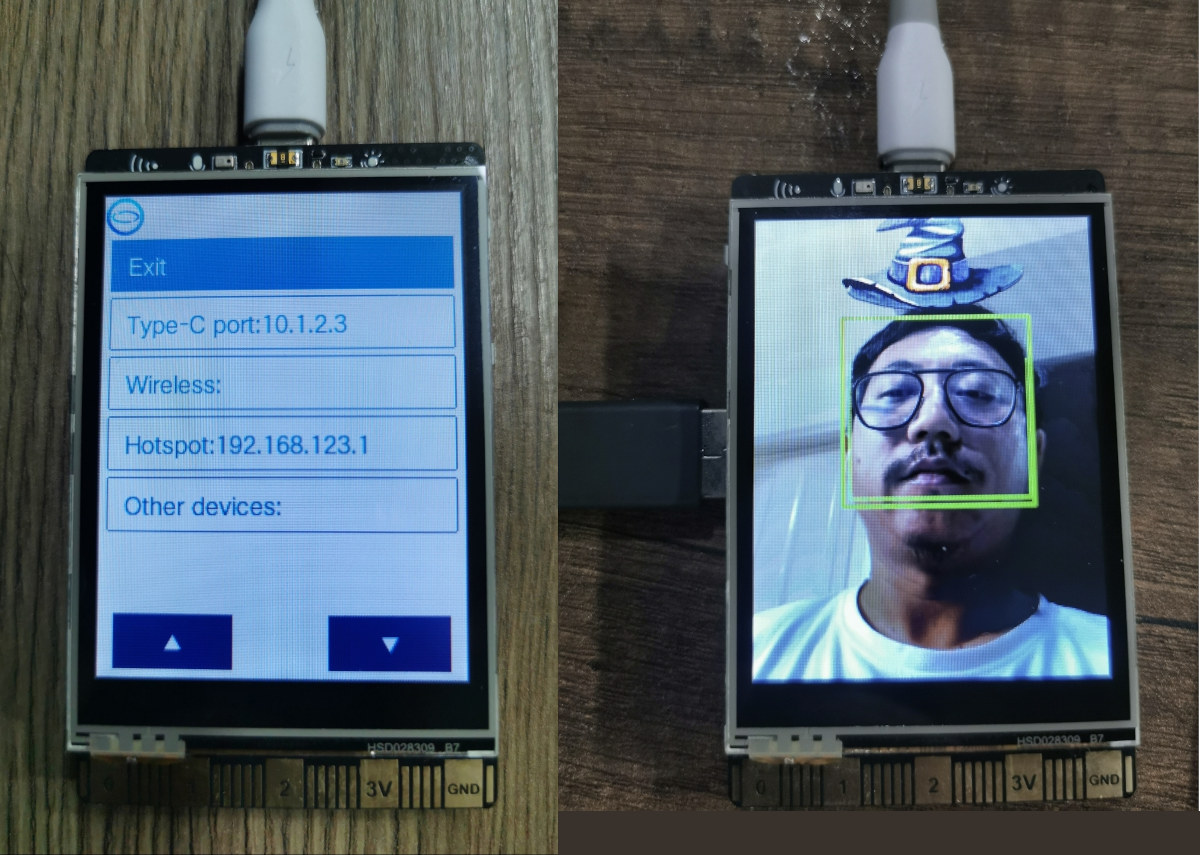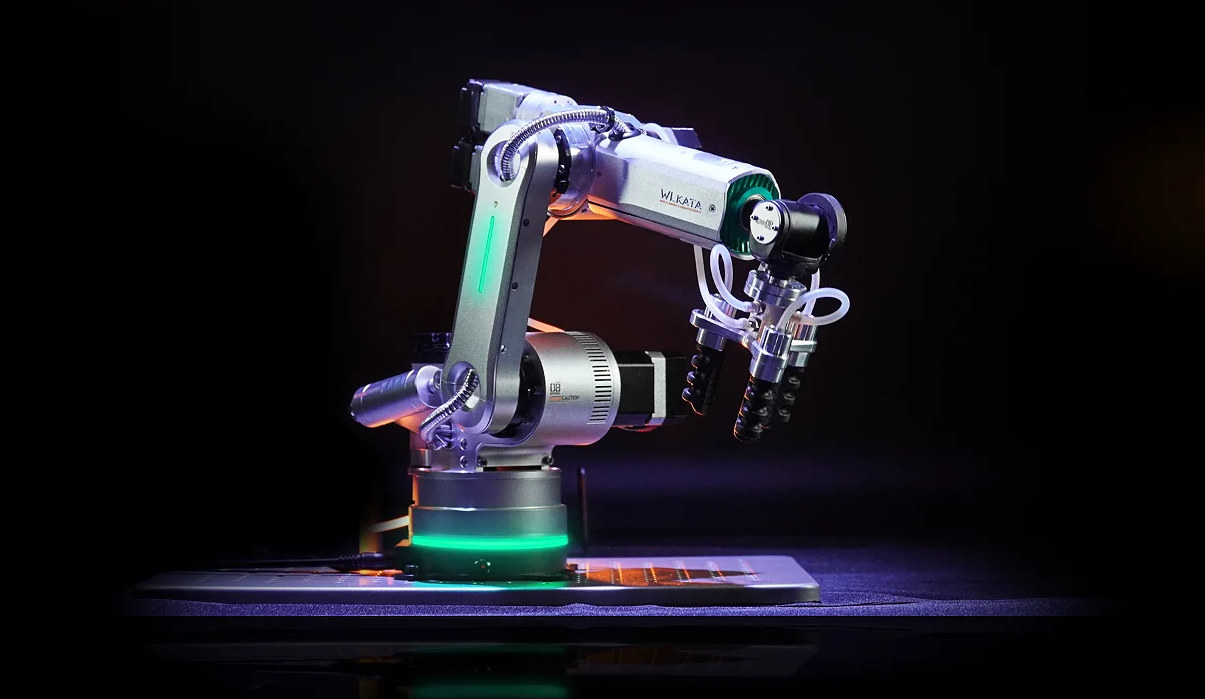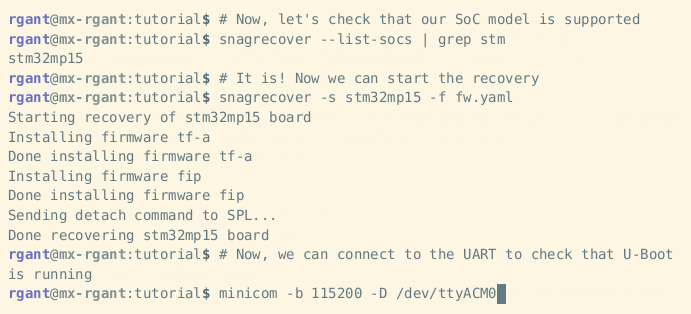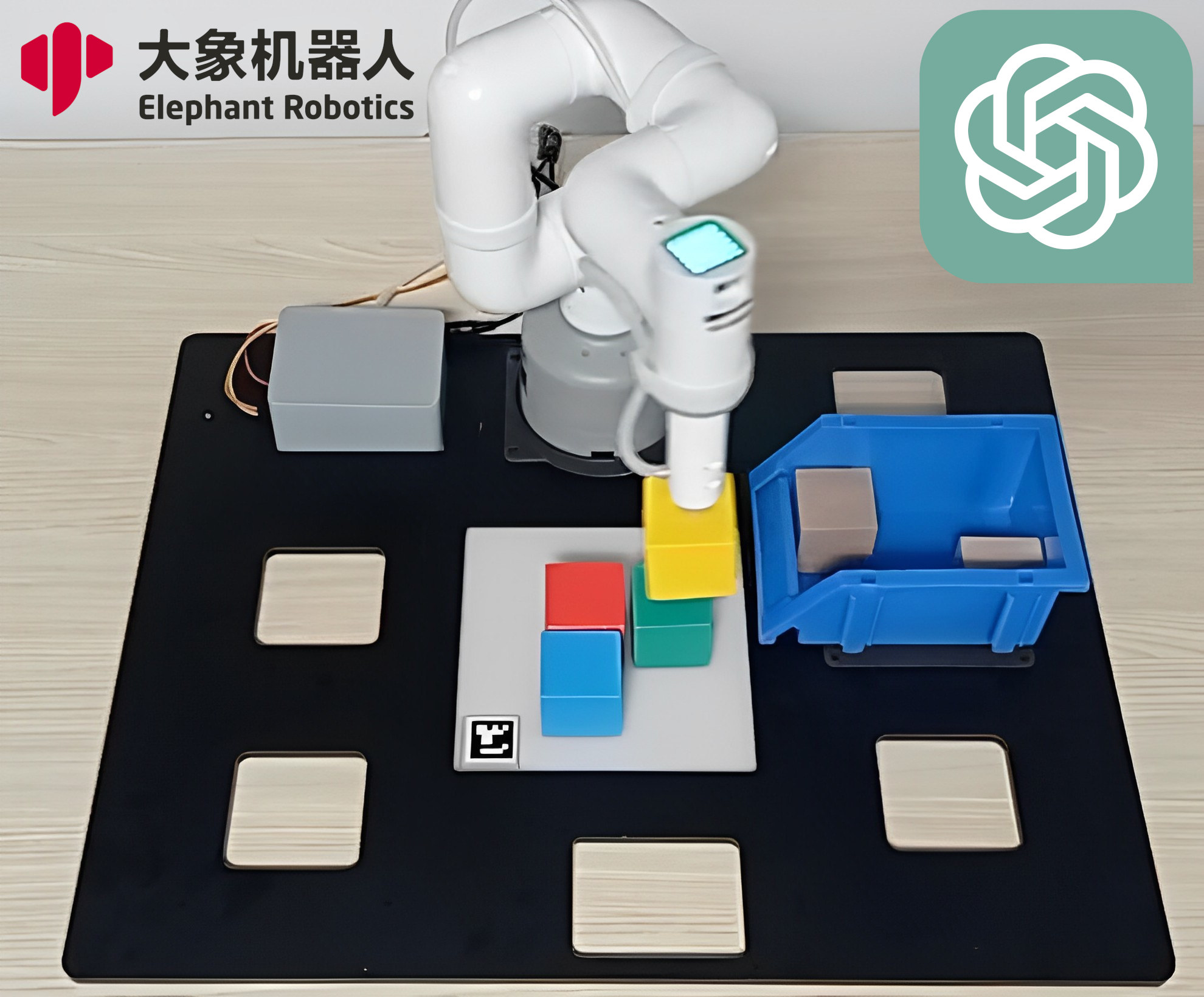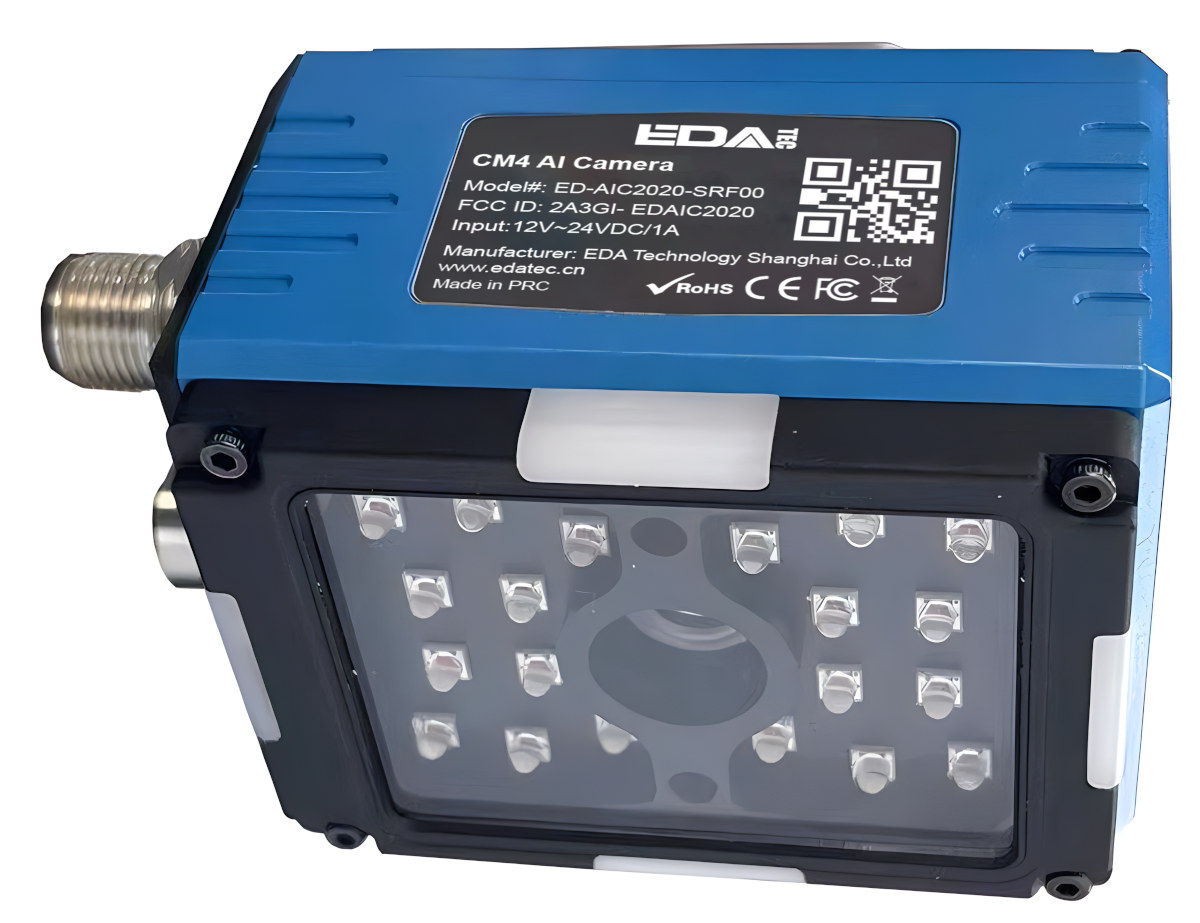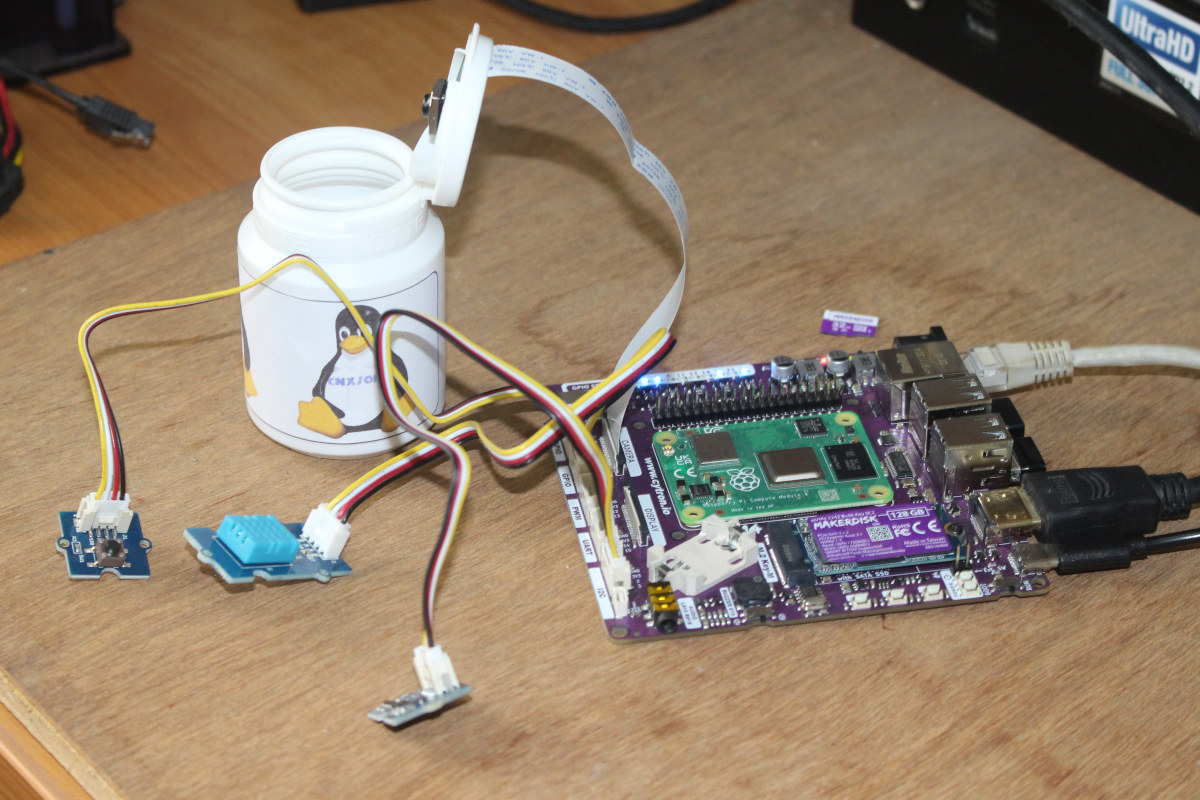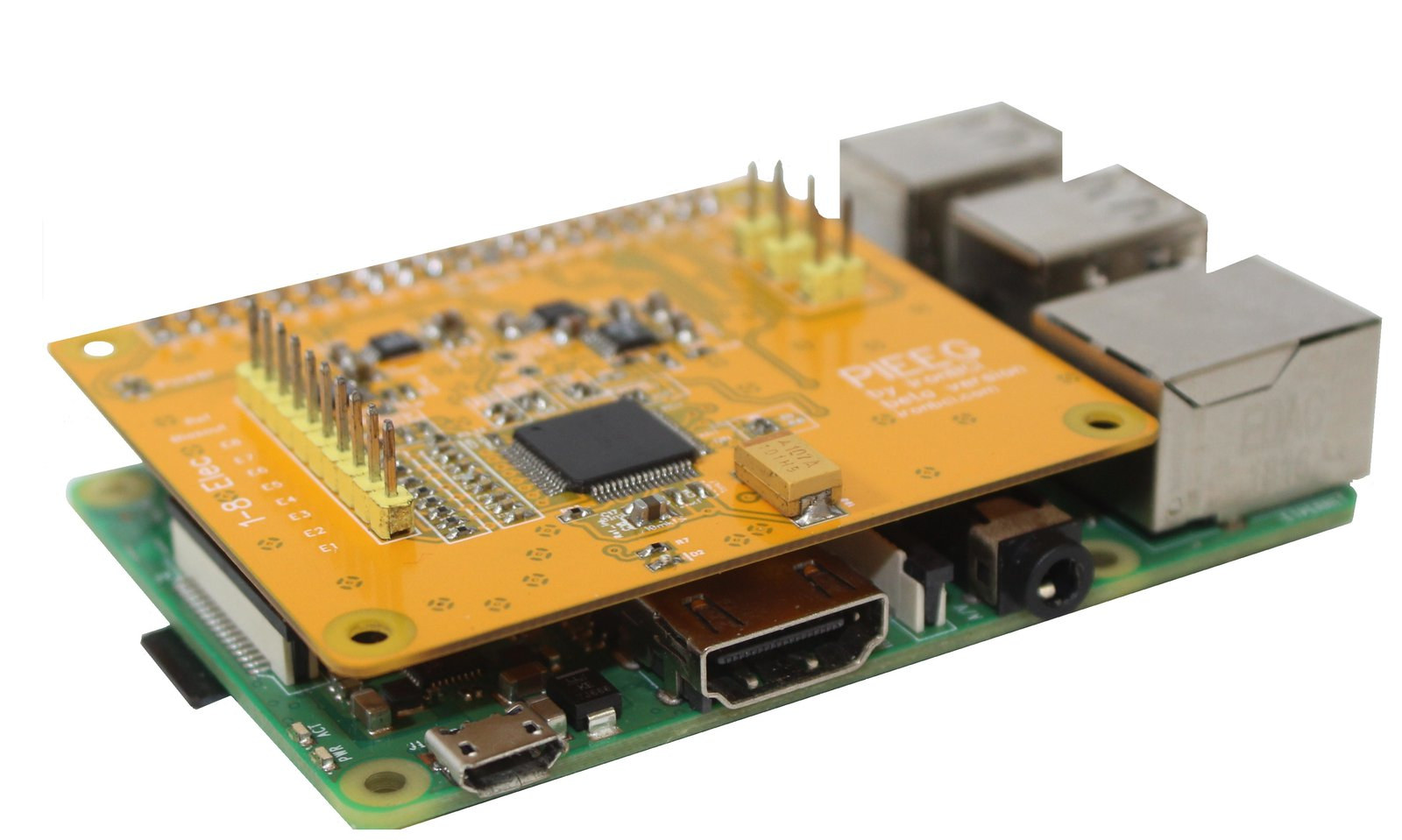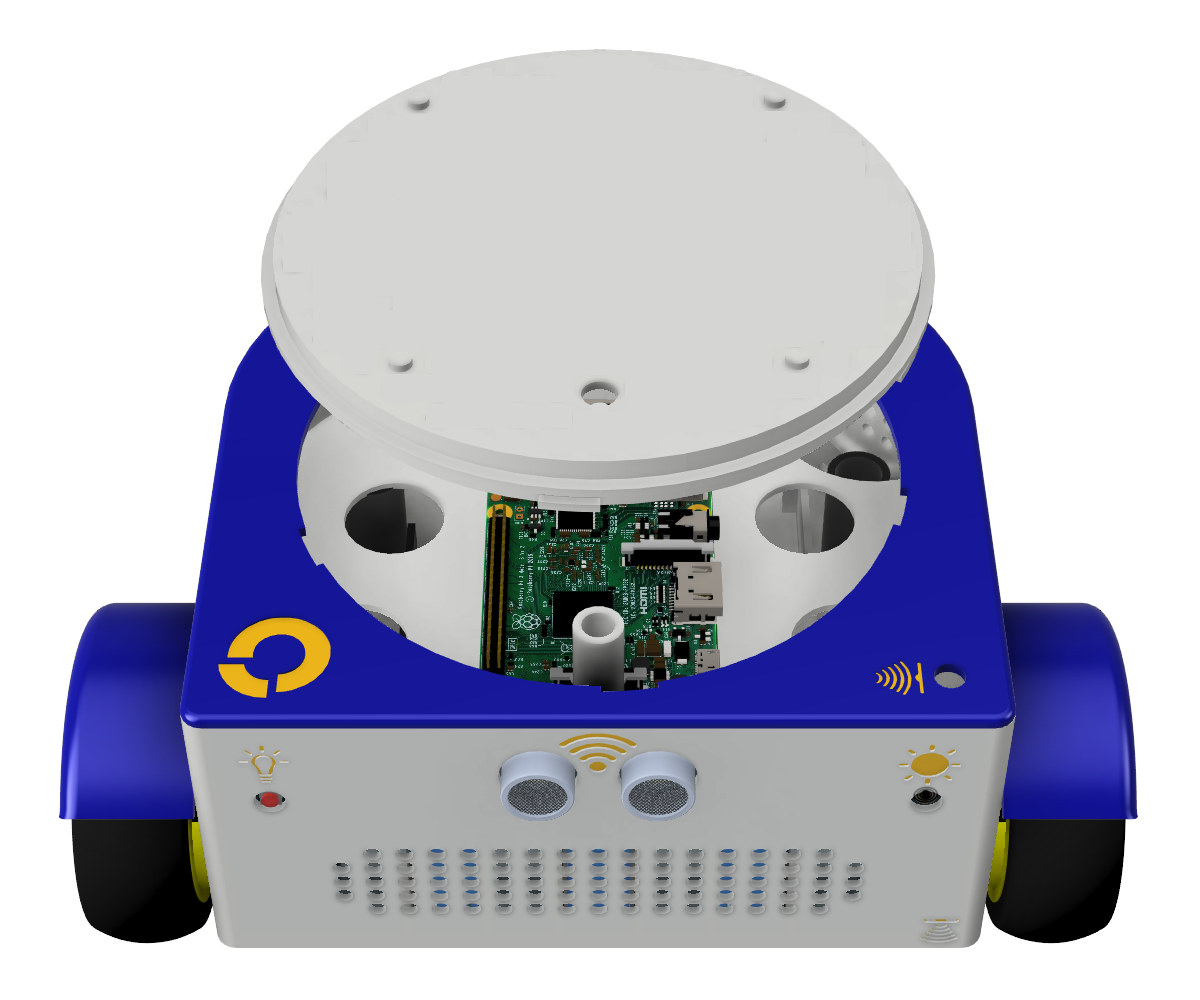DFRobot’s UniHiker is a STEM educational platform that was originally launched in China, but now UniHiker is now available worldwide through the DFRobot shop. The company has sent us a UniHiker sample for review, so let’s unpack the kit and learn how to use the UniHiker platform. The main component of the kit is the Linux-powered UniHiker board which features a 2.8-inch resistive touchscreen display and a BBC Micro:bit edge connector, so we can use expansion boards for the Micro:bit board. Let’s start unboxing it together. UniHiker unboxing DFRobot sent us the UniHiker platform by DHL. The package is a familiar-looking DFRobot box in orange color and comes with a plastic box to safely store the UniHiker board and accessories after use. The plastic box contains another plastic box with the board, some 3-pin and 4-pin cables for Gravity ports, and a USB Type-C cable. The UniHiker is like a […]
WLKATA Robotics Haro380 is a high precision industrial 6-Axis mini robotic arm (Crowdfunding)
WLKATA Robotics’ Haro380 is a high-precision industrial 6-axis mini robotic arm that can carry a payload of up to 500 grams and designed for education, engineering projects, and light manufacturing. We’ve covered some desktop robotic arms in the past such as the myCobot 280 Pi, but the HARO380 goes a step further with 0.05mm repeatability, a 6-axis harmonic reducer, and zero backlash. It is an upgraded version of the company’s entry-level Mirobot robotic arm introduced in 2019. Haro380 specifications and key features: Control board Unnamed MCU Base interface – RS485, DC power, expansion interface, USB interface I/Os – 2x digital inputs, 2x digital outputs Emergency switch Supply voltage – 24V DC Temperature Range – 5 to 40°C Humidity – 20 to 75% RH non-condensing 6-axis harmonic reducer Magnetic end effectors Repeatability – +/- 0.05 mm Max payload – 500 grams Reach – 380 mm Control interfaces – USB to serial, […]
Snagboot is an open-source cross-vendor recovery tool for embedded targets
Bootlin has just released the Snagboot open-source recovery tool for embedded platforms designed to work with multiple vendors, and currently STMicro STM32MP1, Microchip SAMA5, NXP i.MX6/7/8, Texas Instruments AM335x and AM62x, and Allwinner “sunxi” processors are supported. Silicon vendors usually provide firmware flashing tools, some closed-source binaries, that only work with their hardware. So if you work on STM32MP1 you’d use STM32CubeProgrammer, while SAM-BA is the tool for Microchip processors, NXP i.MX SoC relies on UUU, and if you’ve ever worked on Allwinner processors you’re probably family with sunxi-fel. Bootlin aims to replace all those with the Snagboot recovery tool. The Python tool is comprised of two parts: snagrecover using vendor-specific ROM code mechanisms to initialize external RAM and run the bootloader (typically U-Boot) without modifying any non-volatile memories. snagflash communicates with the bootloader over USB to flash system images to non-volatile memories, using either DFU, USB Mass Storage, or […]
Using ChatGPT for Robotics – Programming myCobot 280 robotic arm with natural language (Sponsored)
ChatGPT AI chatbot can help engineers write programs, and we recently tested it by letting it write a Python program to read data from an I2C accelerometer. But it can be used for more advanced programs and Microsoft Autonomous Systems and Robotics Group used ChatGPT for robotics and programmed robot arms, drones, and home assistant robots intuitively with (human) language. The long-term goal is to let a typical user control/program a robot without having an engineer write code for the system. Microsoft explains that the current robotics pipelines begin with an engineer or technical user that needs to translate the task’s requirements into code for the system. That’s slow, expensive, and inefficient because a user needs to write code, skilled workers are not cheap, and several interactions are required to get things to work properly. With ChatGPT or other large language models (LLM), a user could “program” the robot with […]
IP67-rated CM4 AI camera uses Raspberry Pi Compute Module 4 for computer vision applications
EDATEC ED-AIC2020 is an IP67-rated, Raspberry Pi CM4-based industrial AI camera equipped with a fixed or liquid lens and LED illumination that leverages the Raspberry Pi Compute Module 4 to run computer vision applications using OpenCV, Python, And Qt. We’ve previously written about Raspberry Pi Compute Module-based smart cameras such as the Q-Wave Systems EagleEye camera (CM3+) working with OpenCV and LabVIEW NI Vision and the StereoPi v2 (CM4) with stereo vision. But the EDATEC ED-AIC2000 is the first ready-to-deploy Raspberry Pi CM4 AI camera we’ve covered so far. EDATEC “CM4 AI camera” (ED-AIC2020) specifications: SoM – Raspberry Pi Compute Module 4 up to 8GB RAM, up to 32GB eMMC flash Camera 2.0MP global shutter or 5.0MP rolling shutter Acquisition rate – Up to 70 FPS Aiming point – Red cross laser Built-in LED illumination (optional) Scanning field Electronic liquid lens Fixed focal length lens Networking Gigabit Ethernet M12 port Communication protocols – Ethernet/IP, PROFINET, Modbus […]
Cytron CM4 Maker Board review – Part 2: NVMe SSD, RTC, Buzzer, Grove modules, ChatGPT…
We’ve already checked out Cytron’s CM4 Maker Board kit with a Raspberry Pi CM4 system-on-module and booted the system with the included 32GB “MAKERDISK” Class 10 microSD card preloaded Raspberry Pi OS in the first part of the review. For the second part of the CM4 Maker review, I’ve mostly used the 128GB NVMe SSD provided by the company and played with other features of the board including the RTC, the buzzer, some Seeed Studio grove modules, and even got help from ChatGPT for one of the Python programs I used. Booting Cytron CM4 Maker Board with the “MAKERDISK” NVMe SSD I connected several Grove modules with GPIO and I2C interfaces, a Raspberry Pi Camera Module 3, an Ethernet cable, two RF dongles for a wireless keyboard and mouse, an HDMI cable to a monitor, and finally inserted the provided 5V/3.5A USB-C power adapter. The MAKERDISK SSD comes with Raspberry […]
PiEEG shield for Raspberry Pi enables brain computer interfaces (Crowdfunding)
PiEEG is an open-source hardware Raspberry Pi shield that measures electroencephalography (EEG), electromyography (EMG), and electrocardiography (ECG) bio-signals and provides a brain-computer interface to applications or robots for gaming, entertainment, sports, health, etc… Ildar Rakhmatulin, a Research Associate at Heriot-Watt University in Edinburgh, is passionate about open-source brain-computer interfaces and first created the IronBCI project based on ADS1299 and STM32 and published a research paper entitled “Low-cost brain computer interface for everyday use” about his work. But cost increases related to the semiconductors shortage of recent years meant the price for his “low-cost” project shot up to over $1,000. So he went back to the drawing board and created the PiEEG shield for Raspberry Pi now available on Crowd Supply. PiEEG shield specifications: ADC – Texas Instruments ADS1299 Analog-to-Digital Converter for biopotential measurements Supported SBCs – Raspberry Pi 3 or 4, and boards with the same 40-pin GPIO header. Host […]
FOSSBot open design 3D printed educational robot is made with Raspberry Pi and off-the-shelf parts
FOSSBot is an “open design” 3D printed educational robot comprised of a Raspberry Pi SBC and various off-the-shelf modules, as well as open-source software that can be used for education purposes. The FOSSBot DIY robot has been developed by the Harokopio University of Athens and the Greek Free and Open Source Software (GFOSS) community, and builds upon the “GSOC 2019 – A DIY robot kit for educators” with the main goal being to have a platform to “familiarize teachers with modern education models based on the S.T.E.A.M approach. (Science, Technology, Engineering, Arts, Mathematics)”. FOSSbot key components: SBC – Raspberry Pi Zero W, Raspberry Pi 3, or Raspberry Pi 4. Mechanically and electrically compatible Raspberry Pi alternatives could be an option too although part of the software would have to be modified Storage – 32GB MicroSD card Expansion board – Adafruit Perma-Proto HAT for Pi – No EEPROM to connect sensors […]


